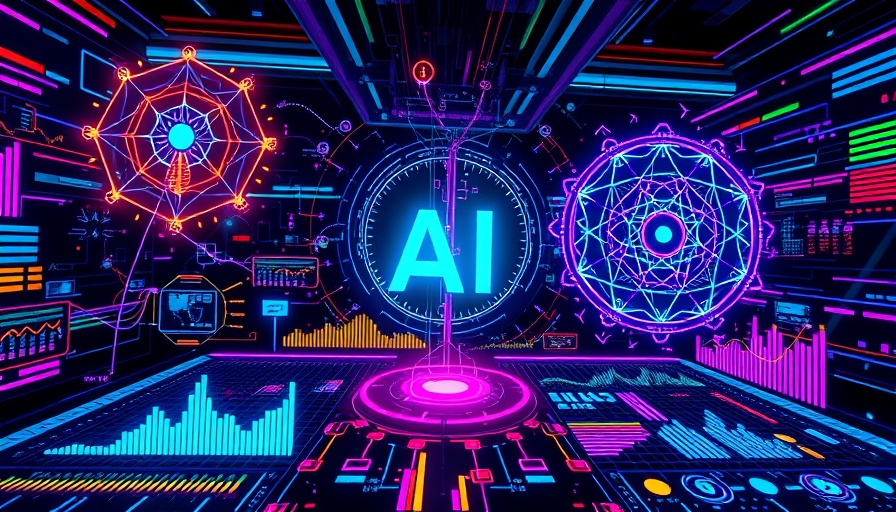
Understanding AI: Generative vs. Predictive
In today’s digital age, the quest for efficiency and creativity in projects has led many to explore the diverse functionalities of artificial intelligence (AI). Among the most notable are generative AI and predictive AI, each serving distinct roles that can revolutionize workflows. As the Global Generative AI market anticipates exponential growth, it’s crucial to grasp the differences between these two AI titans.
The Core Functions: What Sets Them Apart?
Generative AI is your artistic counterpart, raining creativity by producing original content—from texts and images to innovative coding solutions. Think of it as an infinite source of ideas, capable of breathing life into projects that need a fresh perspective. In contrast, predictive AI plays a more analytical role. It sifts through vast datasets, drawing connections and spotting trends that might otherwise go unnoticed, thereby equipping decision-makers with foresight.
Real-World Applications: Where These AI Types Shine
Both types of AI boast unique applications across various industries. Generative AI thrives in fields like marketing and content production, where originality is paramount. For instance, it assists in crafting compelling ad copy or even generating new product designs. On the other hand, predictive AI finds its strength in sectors like finance and healthcare, where predicting patient outcomes or stock market trends is essential. This analysis informs critical decisions, optimizing success rates.
Strengths and Limitations: Knowing Your Tools
While generative AI excels in creativity, it may struggle with factual accuracy, especially in contexts where precision is necessary. Meanwhile, predictive AI’s dependency on historical data may introduce biases or overlook unprecedented shifts. Understanding these strengths and limitations is key to responsibly integrating AI into your projects.
Decision-Making: Choosing the Right AI Companion
The best approach depends on your project goals. If the aim is to innovate and create content, generative AI is your ally. For those needing insights for strategic planning, predictive AI is ideal. However, the future may lie in the synergy between both—incorporating generative AI capabilities within predictive frameworks could yield unprecedented results.
Looking Ahead: The Future of AI Technologies
The innovative landscapes of generative and predictive AI are evolving at a remarkable pace. Future trends suggest increased integration of these technologies. For instance, combining the creative abilities of generative AI with the analytical prowess of predictive AI can lead to enhanced decision-making processes and smarter project outcomes.
Conclusion: Harness the Power of AI
As you navigate the evolving AI landscape, understanding when to apply generative or predictive AI can significantly impact your success. Whether you’re dreaming up new content or strategizing for future outcomes, knowing the strengths and appropriate applications of each AI type will empower your creative and analytical pursuits. Dive deeper into this fascinating world—transform the way you work!
 Add Row
Add Row  Add
Add 
 Add Element
Add Element 

Write A Comment